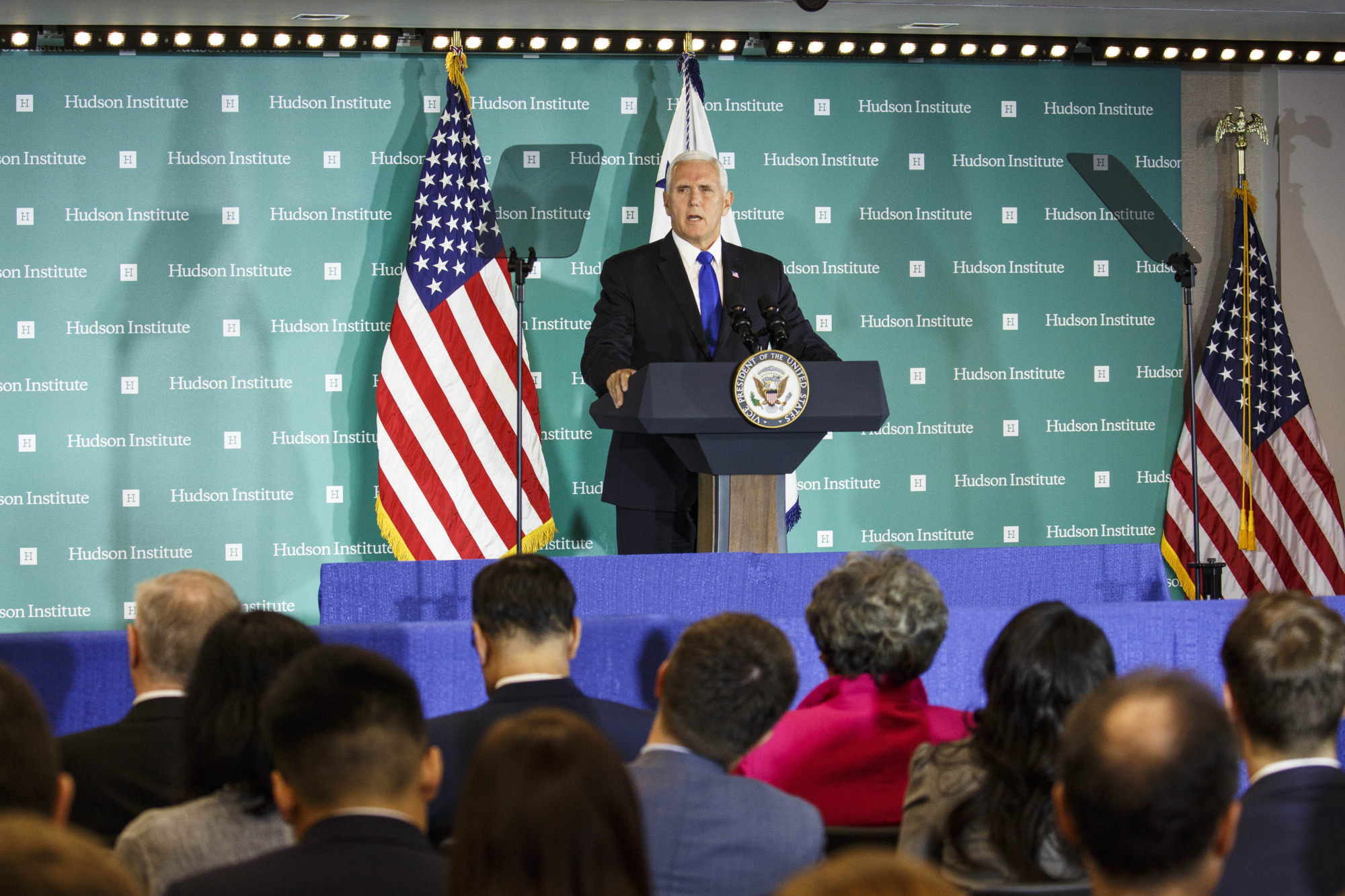The strategic policy "Made in China 2025" aims to make China the world's AI innovation center by 2030. In addition to AI, China hopes to overtake the United States to lead the world in biotechnology, robotics and 5G (fifth-generation wireless technologies). In an October speech, U.S. Vice President Mike Pence attacked the Chinese policy, claiming that "the Communist Party has set its sights on controlling 90 percent of the world's most advanced industries, including robotics, biotechnology and artificial intelligence. To win the commanding heights of the 21st-century economy, Beijing has directed its bureaucrats and businesses to obtain American intellectual property — the foundation of our economic leadership — by any means necessary."
Moreover, Pence claimed that China is pursuing a "military-civil fusion" by "sponsoring the acquisition of American firms to gain ownership of their creations. Worst of all, Chinese security agencies have masterminded the wholesale theft of American technology — including cutting-edge military blueprints." In other words, China is rapidly increasing its military strength by integrating civilian and military technologies. At present, the most pressing issue China wants to address through this AI revolution within its military is the integration of artificial intelligence and drone systems (both aircraft and submarines) to restrict the mobilization of U.S. aircraft carriers.
Meanwhile, an investigation by the Australian Strategic Policy Institute found that over the past decade, the People's Liberation Army has sent approximately 2,500 PLA-affiliated scientists and engineers — primarily AI specialists — to study at Western universities, while obscuring their true identities. The Pentagon established a Defense Innovation Unit (DIU) in Silicon Valley to invest in AI and other "disruptive technology" startups, only to discover that China had already invested in the most promising companies.


















With your current subscription plan you can comment on stories. However, before writing your first comment, please create a display name in the Profile section of your subscriber account page.